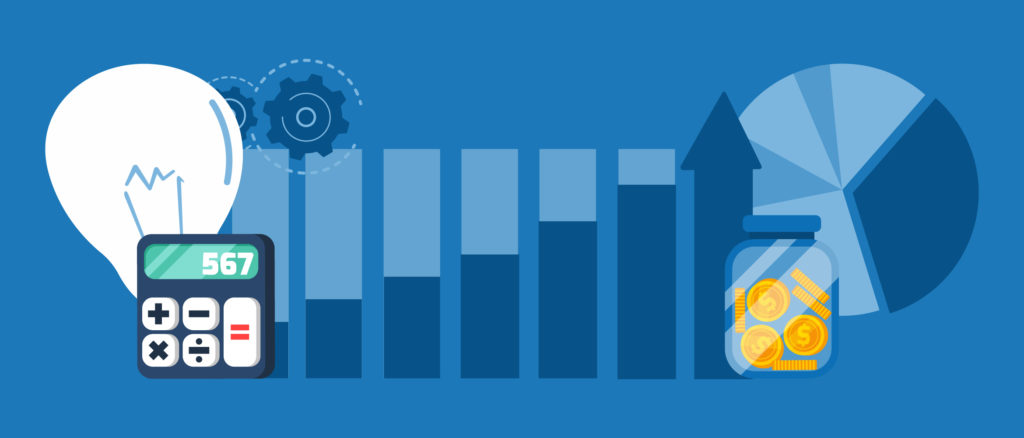
Funnel Efficiency Is The 2nd Biggest Challenge
HubSpot’s State of Inbound 2015 Report is out and the results show that the #2 Priority Among Sales Leaders is Funnel Efficiency. (You can download a full copy of the report at the bottom of this article)
It’s no coincidence, though, that Funnel Efficiency is the 2nd biggest challenge at the very same time that Inbound is becoming more and more mainstream within companies of all sizes around the world
Why? There are 2 major reasons.
- Inbound leads are less qualified initially by nature, which is resulting in longer sales cycles and inefficiencies of time being wasted by sales people on unqualified leads and marketers mishandling these leads from inception.
- Legacy lead management processes don’t incorporate marketing & sales integration aligning with the new “buyer’s journey” and inbound strategies which is resulting in increased funnel leakage, missed opportunities, missed quotas and wasted money.
That’s the bad news.
The good news is that inbound leads ultimately close at exponentially higher rates than outbound leads, they just need a little more TLC and that in turn is where you’ll get to once you’ve made your funnel more efficient.
To improve Funnel Efficiency we first need to understand the 2 main reasons for funnel inefficiency:
Inbound Leads Are Less Qualified…Initially
As Inbound has made its way into mainstream marketing and sales strategies, and companies are creating blog articles and long-form content for website visitors to download, more and more inbound leads are being generated everyday by marketers around the world.
The challenge however, for businesses generating inbound leads, is that in order to download a piece of content from any website the visitor will be asked to provide their email address, along with (on average) 1-5 more pieces of information (maybe more depending on different factors), before gaining access to the desired piece of digital content.
The results are leads generated containing only a small amount of underwhelming information, and for marketers, the decision they’re faced with at this point is whether or not to pass those leads over to sales, add them to their email marketing lists, both, or neither.
So what happens now?
Either these leads go to sales and sales wastes their time trying to complete the puzzle with a LinkedIn search or by trying to track down the company phone number and then attempting to call or email the lead with a less than compelling message; both of which will usually go unresponded to at this point. Or worse, the lead goes entirely unresponded to due to the lack of information provided and eventually will receive your company newsletter (that they may or may not have opted in to receive), and then you hope that they come back and ask you to call them or that they pick up the phone and call you when they’re ready to buy.
Either way, the results are frustrated sales reps and an inefficient use of time and money.
Legacy Lead Management Processes Don’t Incorporate Marketing & Sales Integration
The 2nd reason for funnel inefficiency is that legacy lead management processes had a hand off point where marketing passed the leads over to sales and that was the end of marketing’s responsibilities.
It was now up to sales to manage these leads and it was up to sales leaders to manage the sales people’s time, usually focusing on their opportunities and dismissing those leads that weren’t “hot.”
The results of this legacy lead management process placed the entire burden on sales, resulting in increased funnel leakage and less attention given to the less qualified leads.
So how do we fix this?
First, start by aligning the marketing and sales lead management process from the bottom up. (Click Here to Read this Article)

- Including both marketing & sales in this exercise, build out your funnel stages, so that everyone is in agreement with the final version for your business. The results; a funnel clearly defining each stage from “Closed Won” up to Prospect.
- Collectively define the criteria required for a lead to enter and exit each stage of the funnel removing any gray areas or ambiguity as to when a lead should move from stage to stage. You can use some variation of BANT, GPCT, Lead Scoring and specific conversion events to define the criteria for each stage.
- Build this into your CRM and ensure that the information is being captured and entered regularly by both marketing and sales for every lead.
- Setup reporting so that you know how long each lead is in each stage of the funnel. By understanding which leads aren’t moving as fast as your business might feel they should, you can in turn focus on leads that have the potential to move to the next stage and then work collectively to solve for these leads possessing the most potential.
- Create segmented email marketing nurture paths that are readily available to sales, along with an agreed-upon process for sales to access these nurture paths when their outreach goes unanswered.
- Create a marketing & sales SLA ultimately solving for the question, “What happens next?” Who does what and when? New scenarios will always arise and a lead management process fostering internal collaboration is key as your company should be constantly working through questions like:
- How fast should a lead be responded to?
- Who is responding to which types of leads?
- What happens if a lead needs to be passed back to marketing?
- When should a lead be converted in your CRM?
- What do we do with Yahoo email addresses?
- How many phone calls should be made or emails sent before giving up on a lead?
- Do we ever give up on a lead?
- Which pieces of information are most valuable for sales to have which marketing should be asking for within the website forms?
Remember though, to be most efficient managing your funnel, lead management processes need to have integration between marketing and sales. 
You can see that marketing and sales each have their own core areas of funnel responsibilities. For marketing it is demand generation and attracting qualified prospects to your website and building a great website for these unidentified website visitors to convert on and become identified, qualified leads.
For sales it is Opportunity Management and working only those opportunities that meet your business’s clearly defined criteria and opting not to fill these stages with wishful thinking and an over inflated pipeline of deals that have no chance of closing.
In the middle you see an overlap. Sales and marketing integration, working together in a lead management process that lets your sales team be the great sales people that they are, but also keeps marketing close by in a supportive role, in case these leads aren’t ready to become an opportunity.
Sales people need to know that these leads will be taken care of and that marketing has a plan to help manage and nurture these leads without having sales relinquish control and ownership of these leads.
By defining responsibilities for each department, creating a culture of collaboration, outlining agreed upon processes and by understanding your funnel from the bottom up you will be positioned to improve funnel efficiencies across areas such as:
- Funnel stage conversion percentages
- Accurate lead & opportunity goal setting
- Improved time management
- Highly targeted marketing initiatives
- Marketing & sales integration and support
- So when your company is asking themselves questions like:
- Should we blogging more or spending more time on Twitter or LinkedIn?
- Do we need more website resources to capture more information from our leads?
- Do we have the right marketing and sales technology and systems in place?
- Is our forecasting accurate?
- Are we being as efficient as possible managing our funnel?
You will know these answers because your funnel will be built out and your lead management process will be clearly defined so that no lead goes untouched and every lead has an answer for, “What happens next?”







